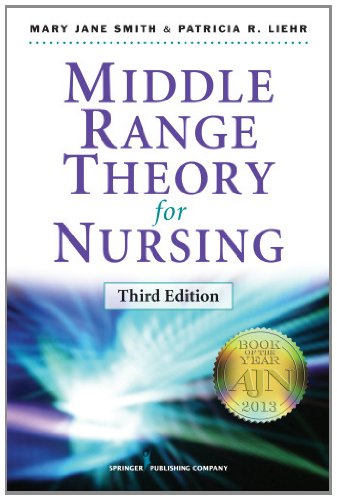

Most ebook files are in PDF format, so you can easily read them using various software such as Foxit Reader or directly on the Google Chrome browser.
Some ebook files are released by publishers in other formats such as .awz, .mobi, .epub, .fb2, etc. You may need to install specific software to read these formats on mobile/PC, such as Calibre.
Please read the tutorial at this link: https://ebookbell.com/faq
We offer FREE conversion to the popular formats you request; however, this may take some time. Therefore, right after payment, please email us, and we will try to provide the service as quickly as possible.
For some exceptional file formats or broken links (if any), please refrain from opening any disputes. Instead, email us first, and we will try to assist within a maximum of 6 hours.
EbookBell Team

4.0
36 reviewsAwarded first place in the 2013 AJN Book of the Year Awards in the Nursing Research category
"This is an outstanding edition of this book. It has great relevance for learning about, developing, and using middle range theories. It is very user friendly, yet scholarly." Score: 90, 4 Stars.--Doody's Medical Reviews
Middle range theory has become a vital staple of nursing education and application to research. These theories, which lie between the working hypotheses derived from day-to-day research and the larger, systemic efforts to develop unified theories, cover the scientific underpinnings that guide nursing practice and research.
This third edition of a two-time AJN Book of the Year Award winner contains two new theories, including self-reliance theory and transitions theory. It revises and updates all other content, and provides ladders of abstraction for each theory to guide students in their appropriate use. This highly accessible book integrates nursing theory with well-defined practice areas, identifies purpose and basic concepts, foundational literature, relationships among concepts, and use in practice. Chapters are organized by central theories, each of which is covered in depth. Comprehensive bibliographies at the end of each chapter facilitate more in-depth research. The book remains an essential text for theory and research courses in master's and doctoral nursing programs.
New to the Third Edition: